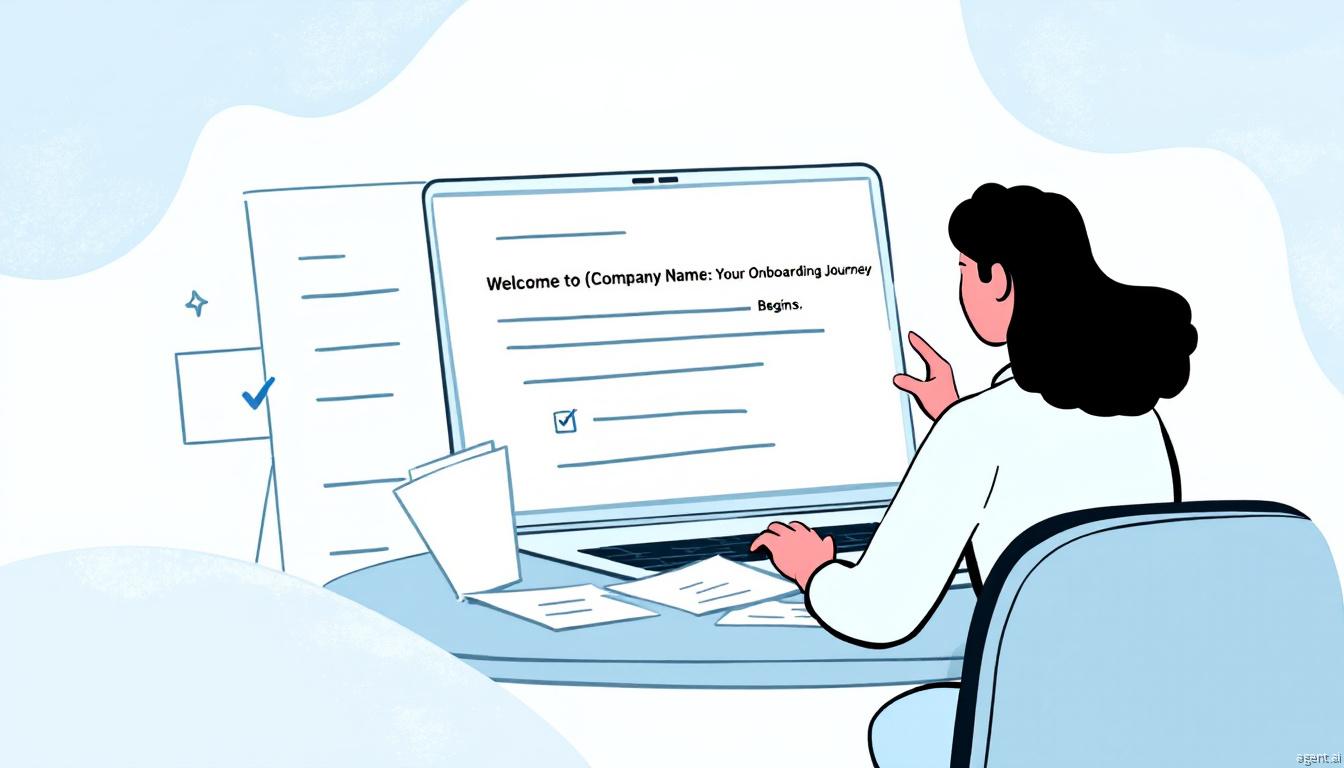When it comes to email marketing, two crucial touchpoints can make all the difference in keeping your audience engaged and moving through your funnel: Mid-Sequence Onboarding Emails and FAQ Emails. Whether you’re onboarding new customers or addressing their questions, these emails are your chance to add value, reduce overwhelm, and encourage action.
Here’s how you can master both types of emails to achieve better results!
—
1. Mid-Sequence Onboarding Emails
The purpose of mid-sequence onboarding emails is to **reignite engagement** and ensure your subscribers are taking action. These emails nudge your audience toward the next step of a process, whether that’s diving deeper into your content, checking out a resource, or overcoming a common hurdle.
Key Components of a Mid-Sequence Email
1. A Catchy Subject Line:
Your subject line should grab attention and highlight a clear benefit. Here are some options:
– *Did you check out [module/lesson/resource] yet?*
– *My favorite way to [achieve a goal]…*
– *The best tip for [solving a common problem]…*
2. Reintroduce the Value:
Start with a quick reminder of what the reader learned in the last email. This creates a natural flow and gives those who missed the previous message a reason to go back.
3. Identify a Common Problem:
What’s a frequent challenge your audience faces at this point? For example:
– “If you’ve ever tried to [achieve a step], then you know how frustrating it can be when [describe the problem].”
4. Present the Solution:
Share a tip, strategy, or method that works better than the “standard advice” people hear. For example:
– Most people try to [standard solution], but that usually leads to [poor result]. Instead, here’s what I recommend…
5. Provide a Next Step:
Encourage readers to check out a specific resource or take action. Be clear and direct. For example:
– “You’ll find more about this in [Lesson 10/Page 45]. You can access it here: [Link].”
6. End With a Tease:
End with a short teaser for your next email: *“Stay tuned, because tomorrow you’ll discover [next tip or benefit].”*

Mid-Sequence Example Framework:
Subject: My favorite way to stay on track with [goal]
Hi [First Name],
Welcome back! In our last email, we talked about [benefit-driven teaser]. Plus, you discovered [another enticing benefit from the last email].
Today, I want to address something important: [describe a common sticking point]. If you’ve ever struggled with this, you’re not alone.
The good news? There’s a simple way to fix this. Here’s what you do instead: [provide the quick solution].
Want to dive deeper? Check out [specific resource] here: [link].
Talk soon,
[Your Name]
P.S. Stay tuned—tomorrow I’ll show you [next benefit].
—
2. FAQ Emails
An FAQ email is perfect for addressing concerns, overcoming objections, and helping readers make progress. These emails reduce confusion and frustration by offering practical answers to your audience’s most pressing questions.
Key Components of an FAQ Email
1. Subject Line That Highlights Value:
Grab attention with a benefit-oriented subject line, such as:
– Your [topic] questions, answered…
– Need to [perform a task]? Read this first…
– Free FAQ shows you how to [achieve result].
2. Identify the Challenge:
Start by empathizing with your reader’s frustration. Acknowledge that the process can feel overwhelming or confusing.
3. Answer Common Questions:
Structure the email with a clear Q&A format. Address the most frequent concerns, such as:
Q: What’s the best way to [get a result]?
A: If you’re new to this, I recommend [beginner method]. If you’re more advanced, try [advanced method]. Here’s why…
Q: I don’t have time. Can I do this faster?
A: Yes, here’s how: [share the solution]. This saves time while still getting great results.
Q: I tried to [complete a task], but it didn’t work. Where did I go wrong?
A: The most common reason this happens is [explain the problem]. Here’s how you can troubleshoot and fix it: [steps to resolve the issue].
4. Provide a Resource:
Offer readers a way to get more in-depth information, like a product, guide, or course.
– “The best way to master [topic] is with [specific product]. You’ll get a step-by-step process and learn [key benefits]. Check it out here: [link].”
5. Wrap It Up With a Tease:
End the email by hinting at more tips to come and encouraging readers to check out your recommended resource.
FAQ Example Framework:
Subject: Need to [perform task]? Read this first…
Hi [First Name],
If you’ve ever tried to [achieve a task], you know it can be overwhelming. That’s why I’ve put together answers to the most common questions I get:
Q: What’s the best way to [get result]?
A: If you’re just starting out, focus on [method 1]. If you’re more advanced, I recommend [method 2]. Here’s why…
Q: How can I do this faster?
A: Use this strategy: [share the solution]. This saves time while still getting great results.
Q: Where can I learn more about this?
A: I highly recommend
Talk soon,
[Your Name]
P.S. More tips are on the way, but in the meantime, check out [resource] to get started now!
—
Conclusion: Why These Emails Work
Both mid-sequence onboarding and FAQ emails are powerful tools for keeping your audience engaged, educated, and moving forward. By identifying their challenges, providing actionable solutions, and offering clear next steps, you’ll not only build trust but also drive meaningful results.
Ready to Dominate Google Search and Boost Engagement? Start Crafting These Emails Now!


